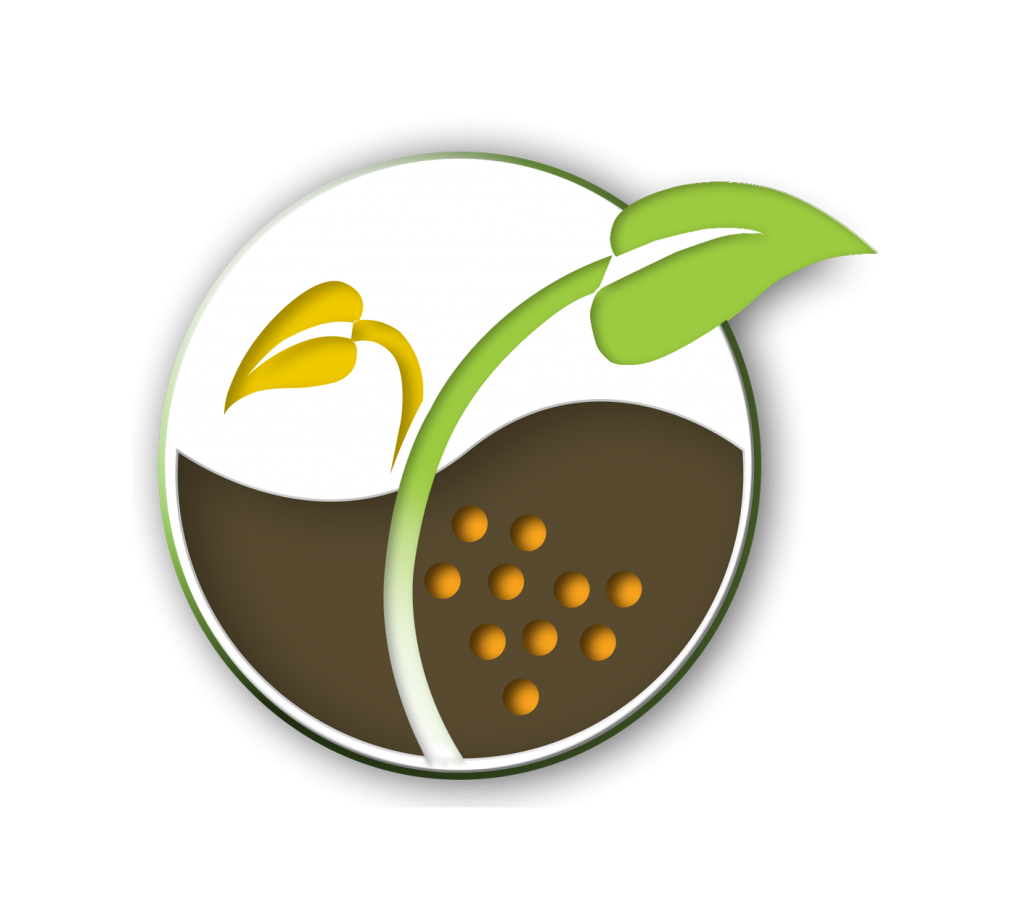G. Segarra, E. Casanova, D. Bellido, M.A. Odena, E. Oliveira and M.I. Trillas. 2007. Microbial. Proteomics 7:3943–3952.
Trichoderma spp. is one of the most commonly used biological control agents against plant pathogens. This fungus produces changes in plant metabolism, thus increasing growth and enhancing resistance to biotic and abiotic stresses. However, its modes of action remain to be defined. In the first hours of interaction between cucumber plant roots and Trichoderma asperellum strain T34, salicylic and jasmonic acid levels and typical antipathogenic peroxidase activity increase in the cotyledons to different degrees depending on the applied concentration of the fungi. The use of 2-DE protein profiling and MS analysis allowed us to identify 28 proteins whose expression was affected in cotyledons after cucumber root colonization by Trichoderma applied at high concentrations: 17 were found to be up-regulated while 11 were down-regulated. Proteins involved in ROS scavenging, stress response, isoprenoid and ethylene biosynthesis, and in photosynthesis, photorespiration, and carbohydrate metabolism were differentially regulated by Trichoderma. The proteome changes found in this study help to give an understanding of how Trichoderma-treated plants become more resistant to pathogen attacks through the changes in expression of a set of defence-oriented proteins which can directly protect the plant or switch the metabolism to a defensive, nonassimilatory state. Más información sobre la publicación aqui.


